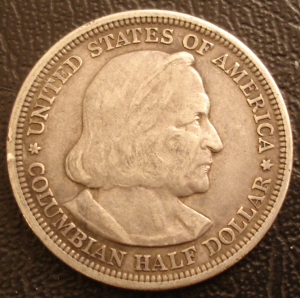
Coin Collecting at the Safir House
1813 AU 58 Capped Bust Half Dollars
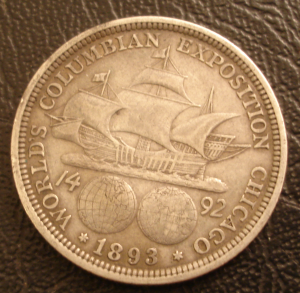

|
Coin Collecting at the Safir House
|

|
Sometimes it is the case that the best overall coin which is available is not a MS graded coin. In fact, several times over over the last few days, while pouring over old auctions, I have seen simply stunning AU58 Bust Halfs which sold at deep discounts to the MS versions, despite having far better eye appeal in nearly every way. It is astonishing to me, actually, because the difference between an AU58 and an MS66 might be the smallest of detail which is decided to be minute wear on a high point rather than the coin being an MS slider. In my mind, it is the ultimate in hypocrisy for coin graded AU58 to sell in auction for $10,000 less than an MS66 version. This is the ultimate bidding on the plastic, rather than the coin. The bidders for the AU58's often walk away with so much more value, and if one plays the crack out game, and resubmits the coin, I wouldn't be a but surprised is such a coin would return with MS grades. If you want proof of this point, look at this coin which PCGS has graded at an AU58
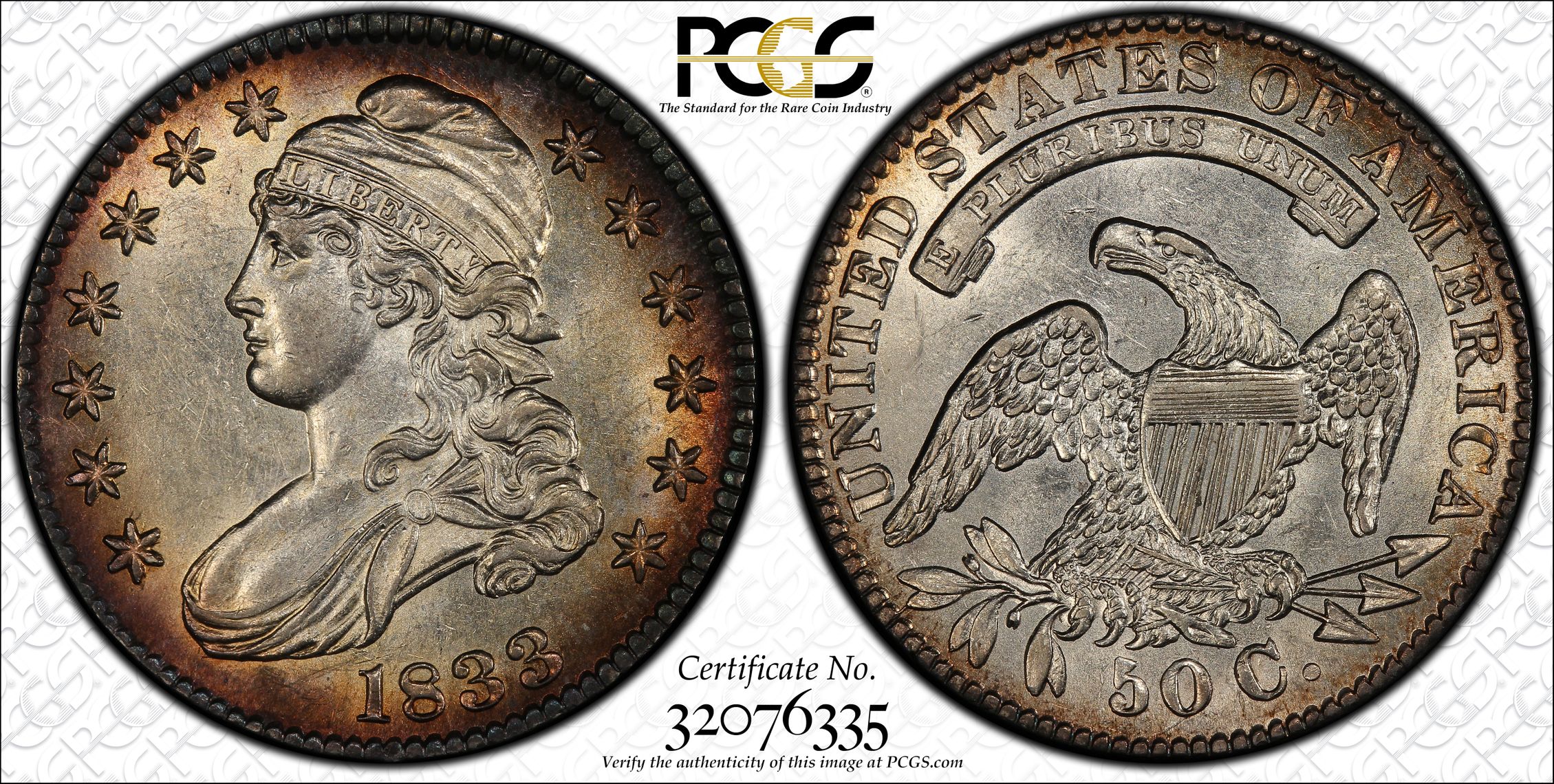
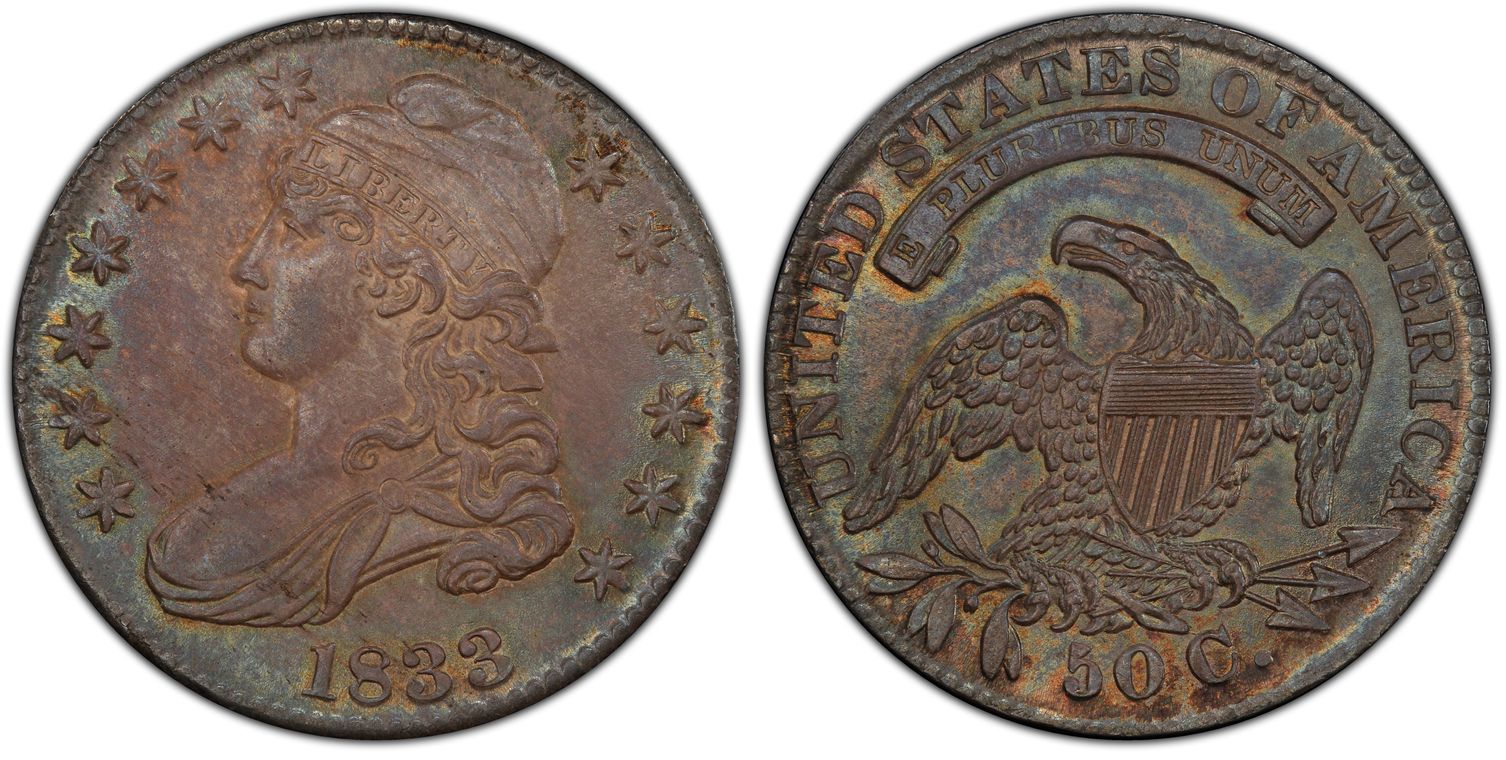
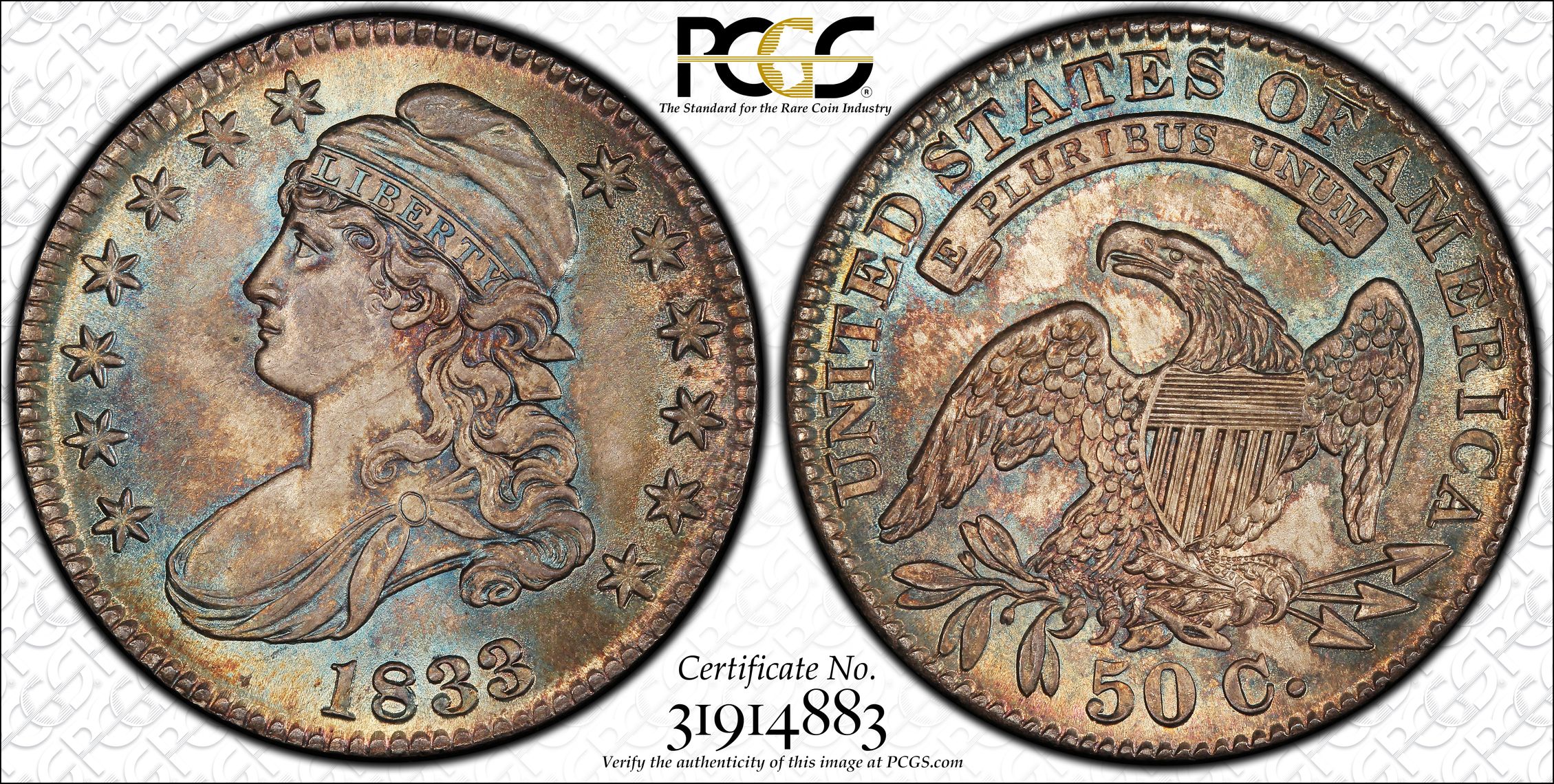
The purpose of this comparison is not to go tit for tat on auction results, but to drive home the point that a smart collector can do very well with AU58 grades.
With that in mind, I plucked a truly spectacular AU58 graded Capped Bust Half from my favorite Bust Half Dealer, David Kahn on an 1813 Specimen with an Overton 108 and a pedigree from Tom Powell and the Keystone collections.
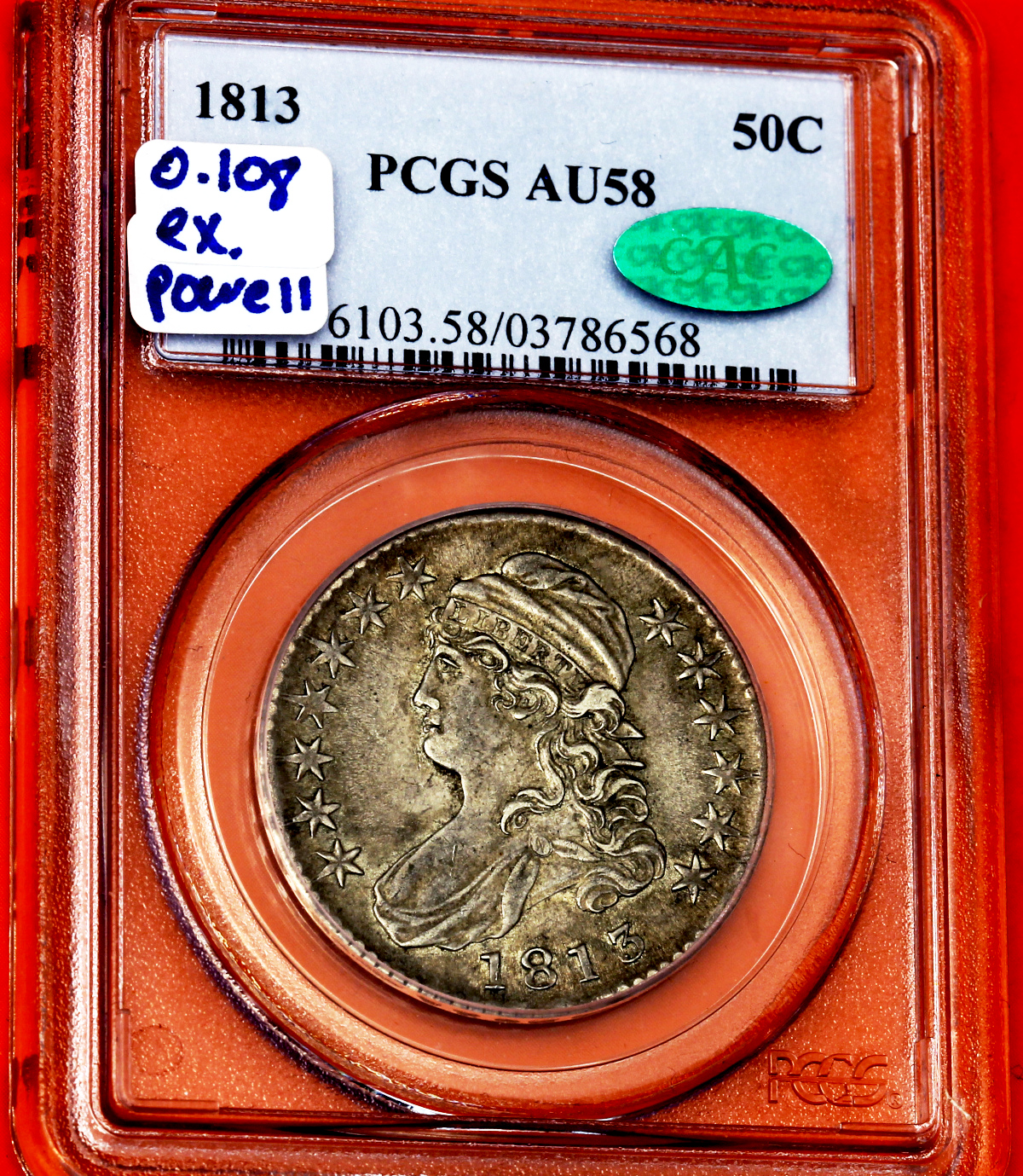
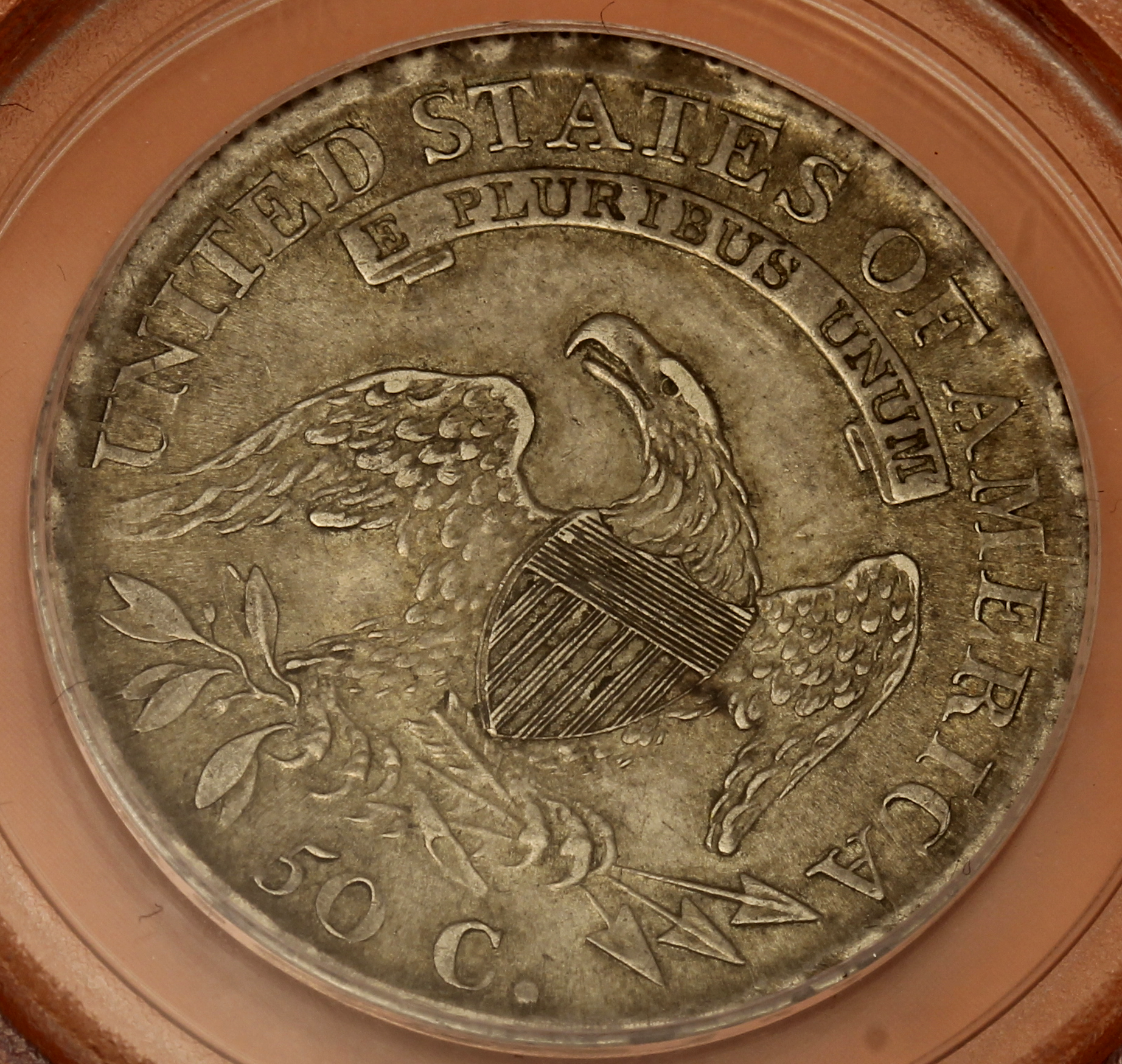
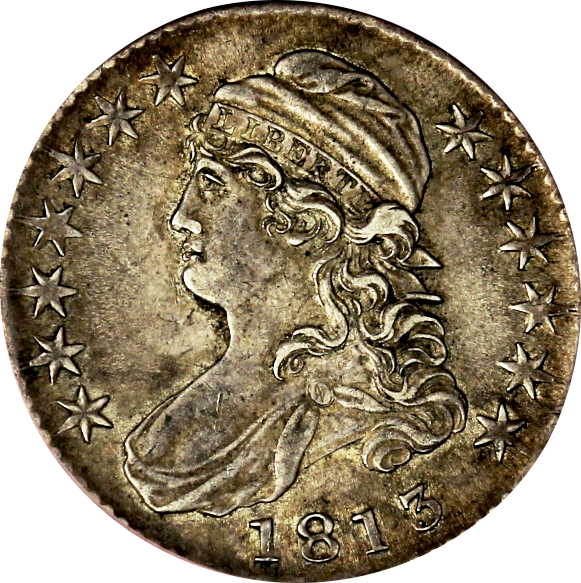
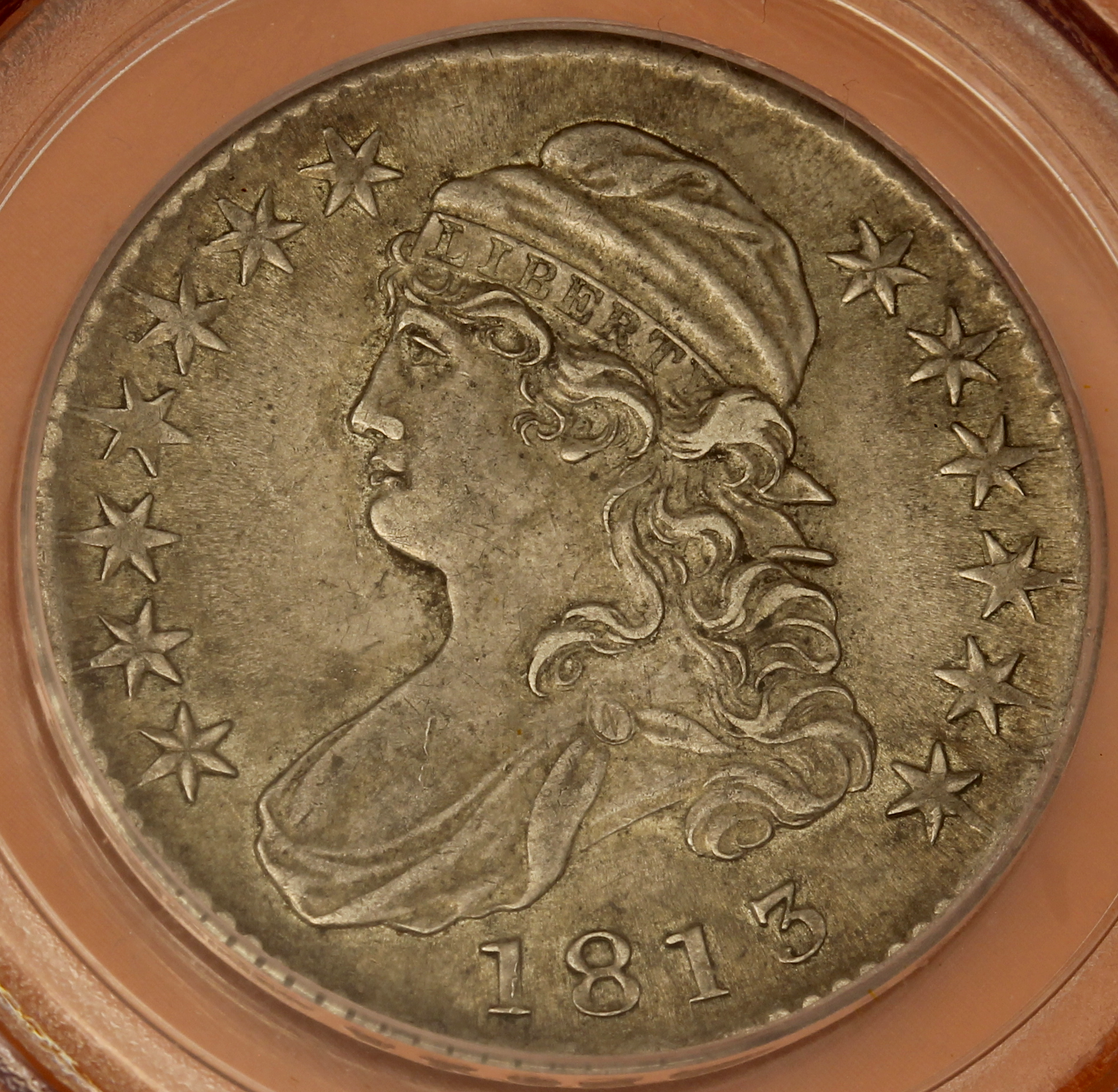
The Overton variety for this coin, as attributed by by David Kahn is a 108 which has a rarity of R3. It has a Obverse - 6 and a reverse -G. High grades of this variety seems to be rare and the coin itself normal is difficult to find in well centered and well formed strikes. I've seen reports that only 2 mint state examples exist and 6 AU., but I didn't count them.
The variety has multiple imperfections in the strikes and that makes this coin very difficult to grade without expertise. The dentils tend to be incomplete and the rim imperfect upon the strike.
All the high points are weak on the design to include the hair curls, the faded rim, the eagles wing tips and the bend in the wing. ONe could easily come to think of the coin as being a EF grade if unfamiliar with it. The original luster and even toning gives the coin away as being AU.
The mintage of the 1813 Half was 1,241,903. There was an interesting "die clash" involving the letters "UNI" from United, that shows up about the 50C Device that is a well known variety. It can't be a real die clash because the United and the 50C devices are both on the reverse of the coin. That means the die itself must have been engraved this way somehow and then "fixed", but not enough to remove the trace of the UNI lettering from the fields.
On Overton 108s, such as our example, the stars are often flat. The
details of the coin are very exacting and best looked up in an
appropriate volume. The eight is tall and there is a center dot which I
haven't actually been able to identify. At one time there was terrific
diagram for Bust Halfs on the internet and it has now disappeared, which
is sad because it was useful and unique. Fortunately, it still exists
on archive.org
It is also worth seeing the busthalfnutclub's
Reference for Attribution process and
characteristics which is also not only available on
archive.org.
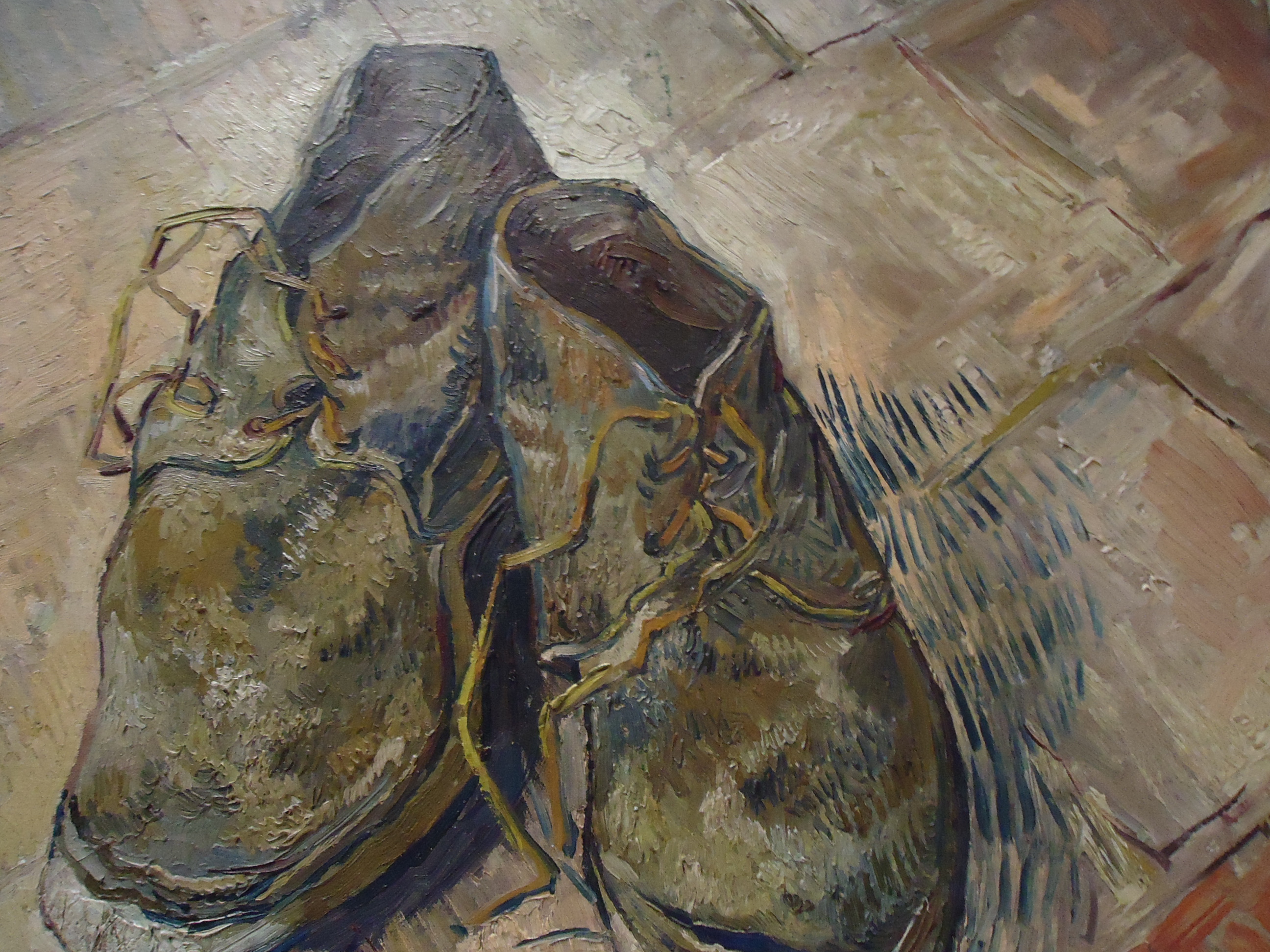
1818 MS63 Capped Bust Half Dollar
Ruben Safir's Front Page
Coin Collection